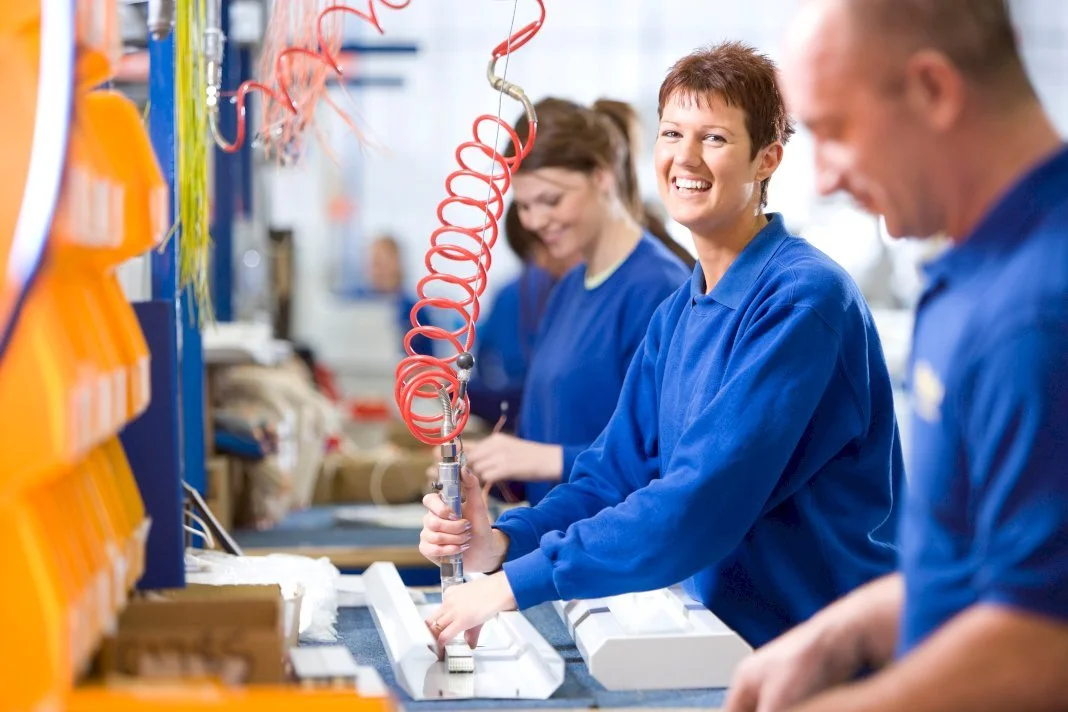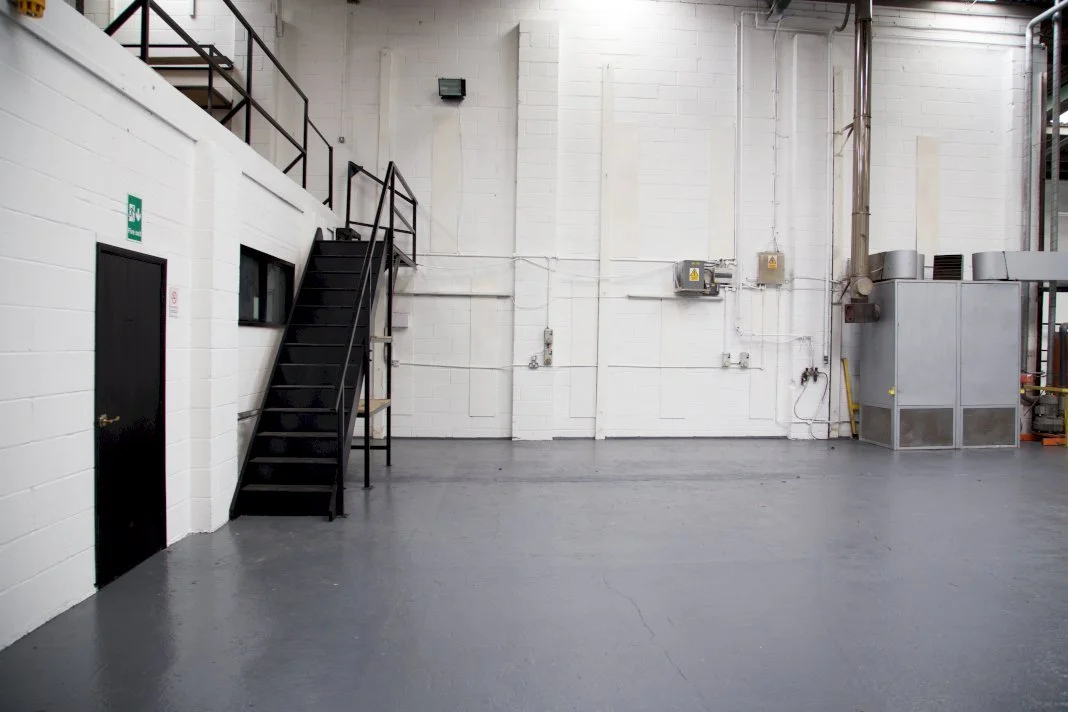Business owners must identify and minimize various safety hazards in their manufacturing facilities.
Poorly maintained machinery can cause severe injuries if workers are not adequately trained to handle them.
Slips, trips, and falls are common in manufacturing facilities, so proper maintenance and anti-slip flooring are essential.
Hazardous chemicals, electrical hazards, and the risk of fire and explosions must be carefully managed and prevented.
A manufacturing facility can be a hazardous place to work in. The potential for accidents and injuries is high from operating heavy machinery to handling hazardous chemicals. Business owners and managers of manufacturing facilities are responsible for ensuring their employees' safety.
This involves identifying potential safety hazards, assessing the risk, and taking appropriate measures to eliminate or minimize them. This blog will discuss the most common safety hazards in manufacturing facilities and what you need to know as a business owner to keep your workers safe.
Machinery Accidents
Heavy machinery such as conveyor belts, power drills, lathes, and saws are integral parts of any manufacturing facility. However, if workers are not adequately trained to use these machines, the risk of accidents is high. For example, poorly-maintained machinery can malfunction, leading to severe injuries.
The best way to prevent such accidents is to implement regular maintenance. However, maintaining heavy industrial machinery can be complicated. Here are the steps you should take to ensure the safety of your machinery:
Create a safety checklist.
Creating a safety checklist for each machine and making sure your workers are familiar with it is essential. This checklist should include items such as observing safety protocols, wearing proper protective gear, and conducting pre-operation inspections.
Train your employees.
Your workers must be properly trained in the use of heavy machinery to reduce the risk of accidents. Make sure they are aware of all safety procedures and protocols associated with each machine before allowing them to operate it.
Conduct regular maintenance.
Regular maintenance is essential for keeping your machines safe and operating efficiently. Have a team of qualified professionals inspect, repair, and replace parts as necessary to reduce the risk of malfunctions.
Institute safety protocols.
You should also institute safety protocols in your facility. These include having workers wear proper protective gear, observing proper ergonomics, and providing clear emergency exits in case of accidents.
By ensuring your manufacturing business's machinery are properly maintained, and your employees are adequately trained, you can reduce the risk of machinery-related accidents.
Slips, Trips, and Falls.
Slips, trips, and falls are common causes of workplace accidents across all industries. In a manufacturing facility, spills of oil, grease, or water can make floors slippery, while loose debris, cords, or hoses can cause workers to trip and fall.
Installing anti-slip flooring, providing adequate lighting, ensuring that cords and hoses are properly secured, and frequently decluttering workspaces can help reduce the risk of such accidents.
Additionally, you should consider applying deep pour epoxy resin or similar non-slip materials to walkways and pathways that are frequently exposed to water, oil, or grease. This will help maintain traction, even when the surface is wet.
Chemical Exposure
Manufacturing facilities often require the use of hazardous chemicals, such as acids, solvents, and cleaning agents. Failure to follow proper handling procedures for these chemicals can lead to chemical burns, toxic fumes, or even explosions.
To minimize the risk of chemical exposure, ensure that workers are adequately trained in handling hazardous materials, have access to safety equipment such as gloves and respirators, and implement proper ventilation systems.
Electrical Hazards
Working with electricity is always dangerous, but the risk is even higher in a manufacturing facility with a large number of outlets, cords, and machines. Faulty wiring, improper grounding, and overloading of circuits increase the risk of electrical hazards such as electrocution or fire.
To prevent these accidents, make sure that all electrical equipment is regularly maintained, circuits are not overloaded, and workers are adequately trained in electrical safety.
Fire and Explosions
A manufacturing facility is always at risk of fire and explosions due to the use of flammable materials, such as solvents and fuels, and due to the presence of electrical equipment.
To prevent these accidents, implement proper storage and handling procedures for flammable materials, ensure that all electrical equipment is in good working order, and have fire-extinguishing equipment available and regularly inspected.
As a business owner or manager of a manufacturing facility, it is your responsibility to ensure the safety of your workers. By identifying and assessing potential safety hazards such as machinery accidents, slips, trips and falls, chemical exposure, electrical hazards, and fire/explosions, you can take steps to minimize the risk involved.
Implementing regular maintenance checks on equipment, providing adequate training for employees in handling hazardous materials, and having proper ventilation systems are all essential measures that should be taken to keep your staff safe while working in a manufacturing environment. With these measures in place, you can rest assured knowing that you have done everything possible to provide a secure work environment for everyone at your company.




